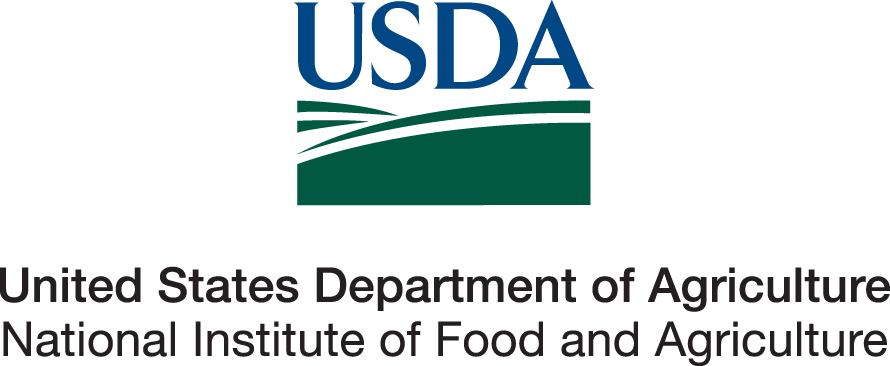Weather Forecast (07/04/19)
A number of thunderstorm clusters moved through the North Dakota Agricultural Weather Network (NDAWN) last week. Rainfall varied as one would expect, but almost all NDAWN weather stations recorded at least some precipitation (Figure 1 on next page).

The additional moisture toward the end of June helped many stations across portions of northern North Dakota to finish last month with near or above average rain, although, there were several NDAWN stations that recorded well below average rainfall as well in other parts of North Dakota and northwestern Minnesota (Figure 2).

With the exception of the NDAWN stations in Montana, or near the Montana border, last week was one of the few periods in 2019 with above average temperatures (Figure 3). This next week will be near or above average in the eastern part of North Dakota into western Minnesota and probably near or below average in the western part of North Dakota into eastern Montana.

The general weather pattern that has been in place for the past couple of weeks will likely continue for this upcoming week. There were thunderstorms in many parts of the area earlier this week and there will probably be some rainfall being recorded nearly every day through the middle of next week somewhere in the northern plains. In the short term through this weekend, the highest likelihood of storms will be across far southern North Dakota into especially South Dakota as the Jetstream sags south a bit. Then, early next week the threat will increase across much of North Dakota into northern Minnesota as the Jetstream moves a bit farther north.
My projected growing degree days (GDDs) for the next seven days for Base 50°, 44° and 32° is presented in Figure 4. Most of the region looks to be recording about 10-15% fewer GDDs this week than last week (Figure 4).

With several chances of rain during the next week, plus a frontal boundary over the region pooling low level moisture over especially western North Dakota, the number of hours with relative humidity (RH) at or above 85% should be quite high through the middle of next week. The combination of additional rainfall, plus the likelihood of heavy dew on many mornings will increase the risk of fungal diseases. My projected hours with high RH through July 10 is presented in Figure 5.

Using May 5 as a planting date, accumulated growing degree days for wheat (base temperature 32°) is given in Figure 6. You can calculate wheat growing degree days based on your exact planting date(s) here: https://ndawn.ndsu.nodak.edu/wheat-growing-degree-days.html

Using May 15 as a planting date, accumulated growing degree days for corn (base temperature 50°) is given in Figure 7. You can calculate corn growing degree days based on your exact planting date(s) here: https://ndawn.ndsu.nodak.edu/corn-growing-degree-days.html.

Soybeans also use base 50° like corn, but NDAWN has a special tool for soybeans that is based on your planting date, relative maturity group of your cultivar, and on average temperatures. That tool can be found here: https://ndawn.ndsu.nodak.edu/soybean-growing-degree-days.html
Meteorologist
Director of the North Dakota Agricultural Weather Network


